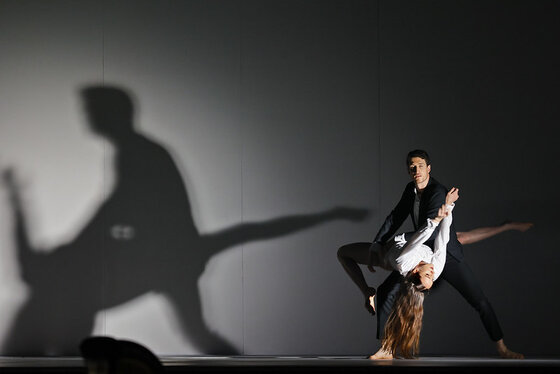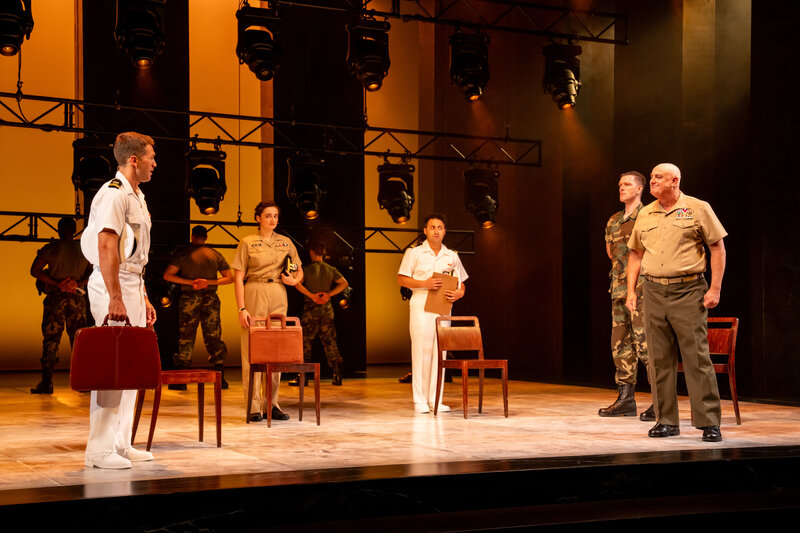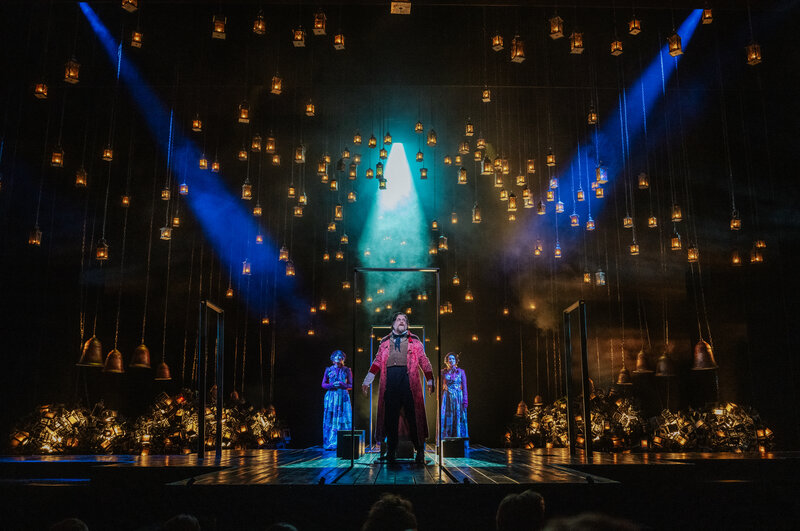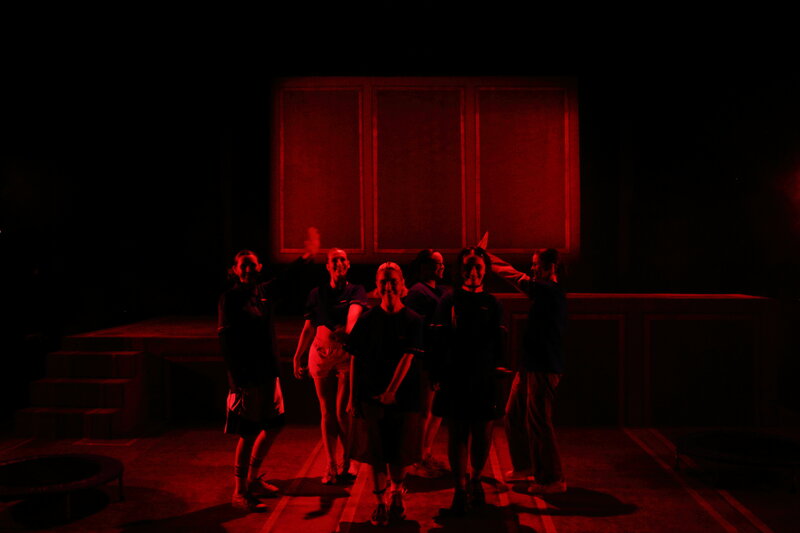Created by Edgar Rice Burroughs over a century ago, the fictional hero Tarzan is one of the most popular fictional heroes in literature. As a child he was raised in the jungles of Africa by apes. He is intelligent, loyal, strong and courageous and fights against evil and colonial powers in deepest darkest Africa. There are a few similarities between his character and that of Mowgli, the young hero of Rudyard Kipling’s Jungle Book, which was recently filmed with the use of some superb CGI effects.
Tarzan has been played numerous times on screen and television, most notably by former Olympic swimmer Johnny Weissmuller, Lex Barker, Buster Crabbe, and on TV by Ron Ely. The latest incarnation of Tarzan is played by Alexander Skarsgard, from TV series True Blood, who has obviously buffed up and has the right physicality for the role.
 But thankfully this Tarzan is not another origins story (we’ve had that numerous times before, especially with the gorgeous looking but dull Greystoke), although a series of flashback sequences do tell us the backstory of the character. When the film opens, Tarzan has left the jungle behind and is now living the comfortable life of an English gentleman in his ancestral home, stately Greystoke manor, with his wife Jane (Australian actress Margot Robbie, from Focus).
But thankfully this Tarzan is not another origins story (we’ve had that numerous times before, especially with the gorgeous looking but dull Greystoke), although a series of flashback sequences do tell us the backstory of the character. When the film opens, Tarzan has left the jungle behind and is now living the comfortable life of an English gentleman in his ancestral home, stately Greystoke manor, with his wife Jane (Australian actress Margot Robbie, from Focus).
But he is eventually drawn back into the jungle. The British government has received a request from the Belgian government for Tarzan’s help in promoting their achievements in their colony in the Congo. Tarzan refuses as he has no wish to return. But he is persuaded to go by Civil War veteran and anti-slavery activist George Washington Williams (Samuel L Jackson), who wants Tarzan’s help in proving that the Belgians are exploiting the natives through the use of slave labour to build their railroads and to mine their mineral wealth. He is after justice and wants Tarzan’s help.
The Belgians’ representative in the Congo is the slimy Leon Rom (Christoph Waltz), who has done a deal with Mbongo (Djimon Hounsou), a native chief (Djimon Hounsou), to lure Tarzan into a trap in exchange for access to a wealthy diamond mine. Rom and his troops attack a village where Tarzan and Jane are staying. Tarzan manages to escape with Williams’ help. But Jane is being held hostage on a riverboat as it steams towards the port city where Rom will meet a newly arrived army of heavily armed Belgian troops.
Eventually Tarzan is forced to strip away his veneer of civilization in order to save Jane and stop Rom. He takes on a colonial power intent on raping the land and enslaving the native population of the Congo.
Written by Adam Cozad (Jack Ryan: Shadow Recruit) and Craig Brewer (writer and director of the recent remake of Footloose), The Legend Of Tarzan remains reasonably faithful to the essence of the character as created by Burroughs, but also attempts to inject events with some relevance.
A ripped Skarsgard is perfectly cast as Tarzan and has a raw and primal physicality that suits the role. He swings from vines, he talks to the animals, and does everything you expect of the character. In Robbie’s hands, Jane is no mere damsel in distress waiting around helplessly to be rescued, and she brings a more contemporary, feisty quality and strength to her performance. Jackson provides most of the comic relief here, although is a moment when he reflects on some of the horrible things he has witnessed in his life and which have left an indelible impression.
Apart from being on speed dial for Quentin Tarantino, Waltz must also be on the short list of every Hollywood director looking for someone to play the suavely menacing European villain. As Rom, Waltz plays yet another variation of the same sort of character he played in films like Inglorious Basterds – suave, softly spoken, with the same smarmy smile and urbane manners as he quietly threatens someone. But here he brings a couple of new affectations – the white suit, which is unsuitable for the dirty jungles, and a rosary which also doubles as a deadly weapon.
David Yates, best known for his work on the Harry Potter series handles the key action sequences well. A stand out is the scene where Tarzan battles some Belgian soldiers on a fast moving train. The CGI created animals however vary in quality – the apes are as good as anything created in the recent Planet Of The Apes movies, but the recreation of whole herds of stampeding animals that wreck a coastal town are a little less convincing.
Some of the film was shot in Gabon, and cinematographer Henry Braham has captured some gorgeous scenery, and the locations add to a sense of authenticity. Braham also uses an interesting colour palette to depict the various locations. and shifts in time. The early scenes at Greystoke Manor are shot in dull greyish colours meant to represent the chilly nature of the English countryside awash in rain. The flashback sequences are shot in warmer golden hues.
Director: David Yates
Cast: Margot Robbie, Ella Purnell, Alexander Skarsgård, Samuel L Jackson, John Hurt, Christoph Waltz, Jim Broadbent, Djimon Hounsou
Release Date: 7 July, 2016
Rating: M – Mature themes and violence
Greg King

David Edwards is the former editor of The Blurb and a contributor on film and television




